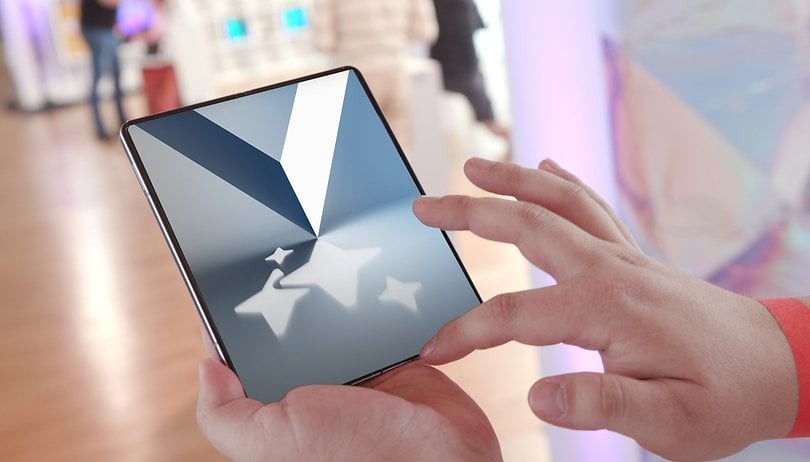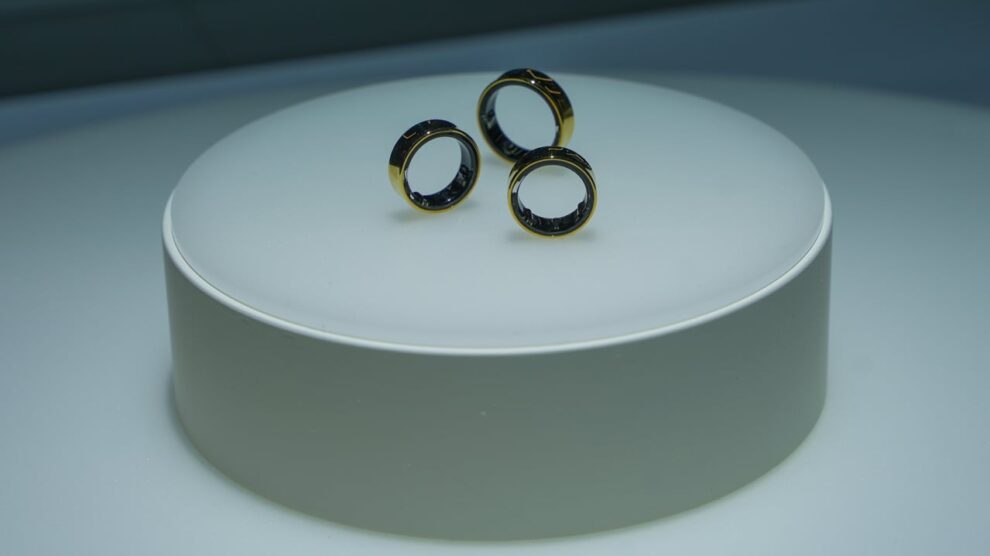
Foldables: The Next AI Frontier
Galaxy Z Fold 6 and Z Flip 6
- Design Refinements: The lighter and thinner form factors address common criticisms and could help mainstream these devices.
- AI Integration: While specifics are unclear, the potential for AI in foldables is vast:
- Adaptive interfaces that change based on how the device is folded
- Intelligent app pairing for multi-tasking
- Context-aware functionality that anticipates user needs
- Market Implications: Success here could cement Samsung’s leadership in the foldable market and push competitors to accelerate their own foldable and AI strategies.
The Wearable Revolution
Galaxy Watch 6
- Health Focus: Advanced health monitoring aligns with growing consumer interest in personal wellness tracking.
- Potential Features: We might expect improvements in sleep analysis, stress monitoring, or even new sensors for additional health metrics.
- Ecosystem Play: Enhanced integration with Samsung phones and other devices could provide a more seamless user experience.
Galaxy Ring: A Bold New Direction
- Form Factor Innovation: This move into the smart ring market shows Samsung’s willingness to explore new wearable formats.
- Health Tracking: Continuous heart rate and stress monitoring could provide more comprehensive health insights.
- Ecosystem Integration: Using the ring as a remote control demonstrates Samsung’s focus on creating a cohesive ecosystem of devices.
- Market Disruption: This puts Samsung in direct competition with existing smart ring makers and could reshape the wearable market.
Strategic Implications for Samsung
AI as a Differentiator
- Competitive Advantage: Advanced AI features could set Samsung apart in a crowded smartphone market.
- User Experience: Successful AI integration has the potential to significantly enhance how users interact with their devices.
Expanding Ecosystem
- Synergy Between Devices: The integration between phones, watches, and now rings could increase the value proposition of staying within the Samsung ecosystem.
- Data Integration: Multiple health-tracking devices could provide a more comprehensive view of user health when data is combined.
Market Diversification
- Addressing Various Consumer Needs: By offering diverse form factors, Samsung caters to a wider range of user preferences and use cases.
- New Revenue Streams: Expansion into new wearable categories opens up additional revenue opportunities.
Challenges and Considerations
For Samsung
- AI Development and Integration: Ensuring AI features are genuinely useful and not just gimmicks will be crucial.
- Battery Life: Managing power consumption, especially in smaller devices like the Galaxy Ring, will be essential for user adoption.
- Privacy and Security: With increased data collection and AI processing, addressing privacy concerns will be paramount.
For Consumers
- Learning Curve: New AI features and device form factors may require adjustment for users.
- Ecosystem Lock-in: While integration is convenient, it may make it harder for users to switch to other brands in the future.
- Cost Considerations: Adopting multiple new devices could represent a significant investment.
The Broader Tech Landscape
Samsung’s announcements reflect and influence several industry trends:
- AI Ubiquity: The integration of AI across devices suggests a future where AI assistance is a standard feature in consumer electronics.
- Health Tech Evolution: The focus on health wearables aligns with increasing consumer and industry interest in personal health monitoring.
- Form Factor Experimentation: Both foldables and the Galaxy Ring represent ongoing industry efforts to find new, user-friendly device formats.
- 5G Expansion: The inclusion of 5G in the mid-range Galaxy A55 indicates the continued push towards ubiquitous high-speed connectivity.
Looking Ahead
As we await more details on features, pricing, and availability, several questions emerge:
- How will Samsung’s AI features compare to those offered by competitors like Google and Apple?
- What will be the adoption rate of the Galaxy Ring, and how might it influence the wearable market?
- How will Samsung balance the push for new technologies with the need for affordability, especially in markets sensitive to price?
- What developments in battery technology or power management will support these new devices and features?
Conclusion: Samsung’s Ambitious Vision for Connected Living
Samsung’s latest announcements paint a picture of a future where our devices are not only more flexible and powerful but also more intelligent and attuned to our health and well-being. By advancing foldable technology, integrating AI across devices, and expanding into new wearable categories, Samsung is positioning itself at the forefront of several key technology trends.
These developments have the potential to significantly impact how we interact with our devices and manage our health. As more details emerge and these products hit the market, it will be fascinating to see how they perform in real-world conditions and how competitors respond to Samsung’s innovations.
For consumers, these announcements promise exciting new options in personal technology, but also require careful consideration of ecosystem commitments, privacy implications, and the balance between technological assistance and personal autonomy in daily life and health management.










Add Comment